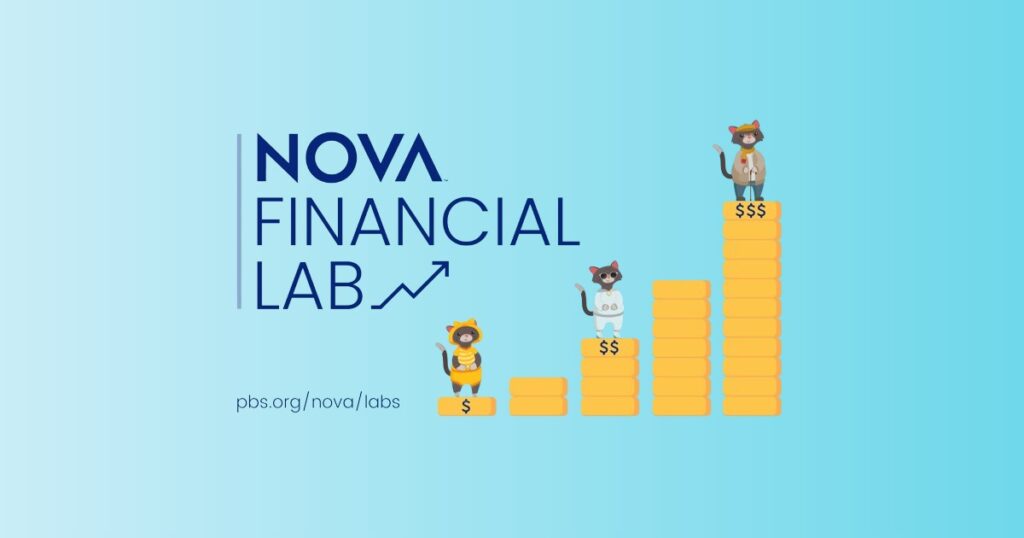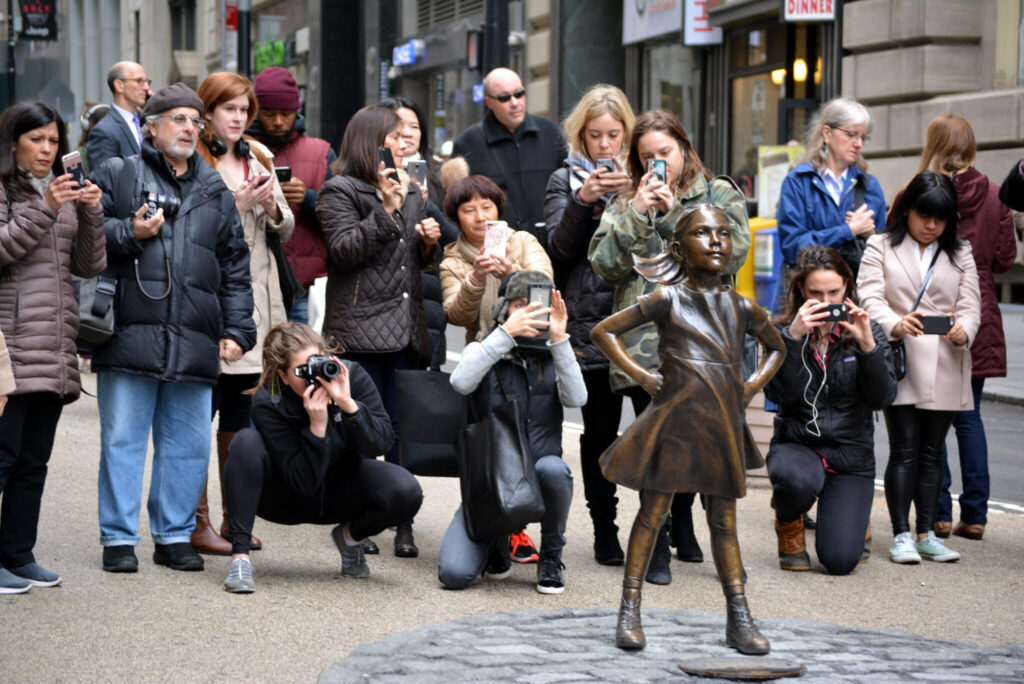
Content Partner
Grades 6-8, 9-12
Happy EconEdMonth! Celebrate economics all month long by visiting EconEdMonth.org

Don't have an account yet? Sign up for free
Don't have an account yet? Sign up for free


The picture book One Hen: How One Small Loan Made a Big Difference, written by Kate Smith Milway, takes place in Africa. Here in a Ghanan village, young Kojo cannot afford to go to school after the death of his father. His resourceful mother takes out a small loan and with a few leftover coins he buys a chicken. Soon he is selling eggs and with the profit slowly acquires a large flock. Kojo is able to complete his education and establishes a business that becomes the foundation of his entire community. Upon adulthood, Kojo loans money to aspiring entrepreneurs and the cycle of economic growth continues. Based on a real-life story, this upbeat microfinance story helps students grasp economic and personal finance concepts and admire creative problem solving.
This lesson reviews the content and concepts of a wonderfully illustrated and information-packed picture book. What could be better than playing a competitive H-E-N Bingo game while reviewing economic concepts?
Activity 1: H-E-N Bingo!
1. Prepare materials prior to class. Materials needed include: game board markers (pennies work great), game boards, and writing tools.
2. Introduce the activity by telling the students that they will be playing a BINGO like game that is based on the content found in the book “One Hen: How One Small Loan Made a Big Difference” by Katie Smith Milway. If time allows read the entire text to the students, (approximately 12 minutes) if short on time read the one sentence captions, which appears with each illustration (approximately 4 minutes).
3. Distribute copies of the H-E-N Activity Card and writing tools. (Students may work individually or in small groups.) Teachers may also create their own bingo board if they wish. The Teachnology website provides you with an easy way to make a 5 x 5 bingo card.
4. Direct students to write randomly the terms found at the bottom of the page into the squares on their H-E-N Activity Card. Explain that each term may be used only once. Encourage them to mix their words up. The goal is for each card to be different. Use the time it takes students to create their cards for review by inquiring about any term they cannot read or may not understand.
5. Allow students to finish filling in their cards and show them the set of H-E-N Bingo Answer Cards. Explain that these cards will be mixed up and the definitions will be read aloud.
6. Select a card and read the definition. (Answers are at the bottom of the card.) Ask the students if they know the answer matching the definition. The student who answers correctly gets to select the next card. Students are to cover this word on their card with a marker. Repeat the answer and the definition for understanding and then go on to the next student selected card.
7. Encourage the students who get three words in a row to call out HEN! You may wish to continue play for second and third place or start over and play again.
Activity 2: “Because” Questions
Review Kojo’s story with the students by asking these “Because” questions:
1. Because Kojo’s mother saved some of the money left after repaying the loan to buy the cart she is able to…? [Lend some money to Kojo to buy a chicken.]
 2. Because Kojo’s chicken produces eggs he was able to…? [Sell some of the eggs for profit, eat some of the eggs, and get healthy.]
2. Because Kojo’s chicken produces eggs he was able to…? [Sell some of the eggs for profit, eat some of the eggs, and get healthy.]
3. Because Kojo had some money and was healthy he was able to…? [Go to school and improve his human resources and buy more chickens to get more capital resources.]
4. Because Kojo went to school and had more chickens he was able to…? [Acquire more capital resources, earn more profit and eventually borrow money to buy his own chicken farm.]
5. Because Kojo owned his own farm and had extra profit he was able to…? [Lend money to other young entrepreneurs wanting to start their own businesses.]
6. Because other businesses were started what happened…? [The entire community prospered and the incomes of its members increased permitting them to save, invest, and consume more quality goods, services, and food.]
Teachers may also direct students to the One Hen Website for more interactive games and activities.
Tell the students they now have an idea of what opportunity cost, loans, profits, capital resources, human resources, natural resources, scarcity, choice and entrepreneurship are and how they work. In running a business like the one the hen ran, business skills are essential to remain profitable and successful. Understanding the economic concepts you learned in this lesson will help you to be successful in real life situations. Provide a real life example to the students regarding one of the previous economic concepts they learned.
In this book Kojo had to make many choices; some of them life changing. This Opportunity Cost Activity may not be life changing, but it will make an impression on students when they learn that they must give up something in order to gain something else.
To review the concepts used throughout the lesson and in the One Hen book, provide the Crossword puzzle for students.
Instruct the students to draw a picture of a hen. Under the drawing have them list three or more things the hen could do to help Kojo earn money. [Possible answers include: lay eggs, provide feathers, provide fertilizer, have baby chicks.]
Kojo’s Hen Activity
Also, have students complete the One Hen Vocabulary Sheet.

Content Partner
Grades 6-8, 9-12

Grades K-2, 3-5

Grades 9-12

Grades 6-8, 9-12
